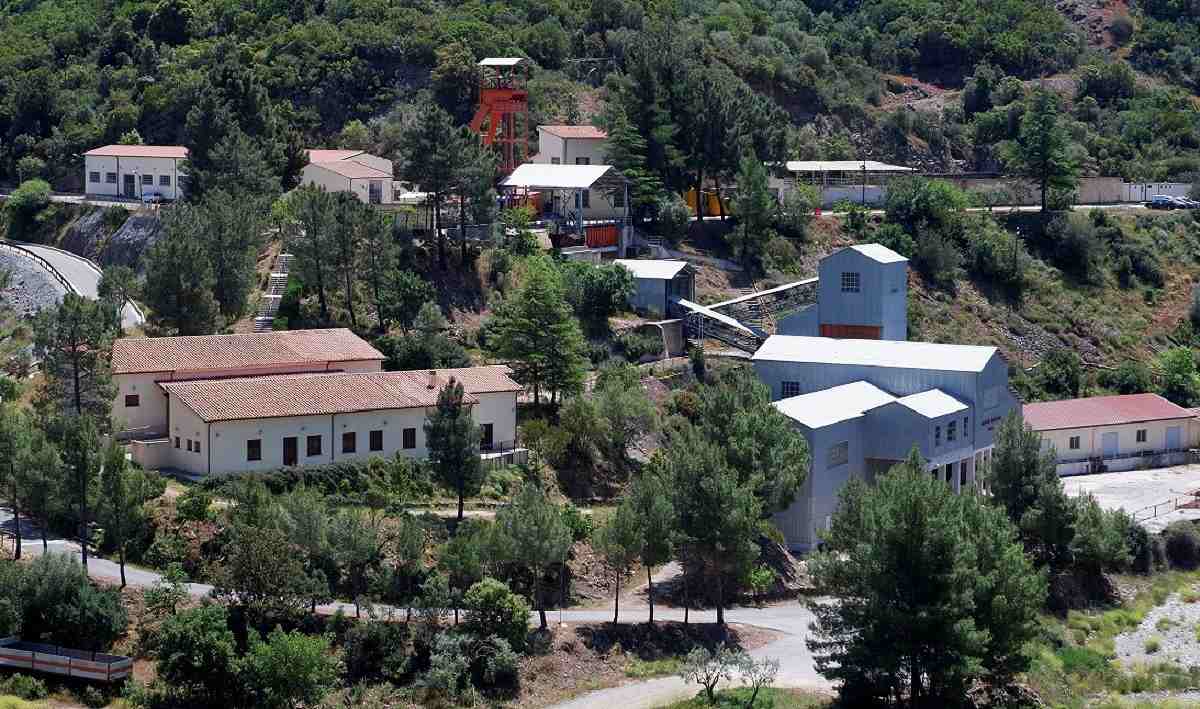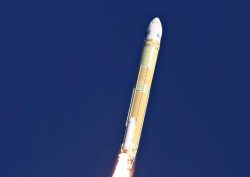
A general view of the Sos Enathos mine in Lula, Italy, on May 10
17:26 JST, June 22, 2023
LULA, Italy (Reuters) — Italy is proposing a disused mineral mine in a remote corner of Sardinia to house one of the world’s most advanced telescopes, hoping that the uncommon stillness of the spot will clinch European Union approval and funds.
The Sos Enathos lead and zinc mine, extending 300 meters underground below lush vegetation, has been picked by the Rome government as its candidate to host the so-called Einstein Telescope (ET).
The breakthrough EU-financed project aims to explore deep space through the study of gravitational waves, and it can only work with them when ground vibrations are minimal.
“It will allow us … to see events very close to when the Big Bang happened” around 14 billion years ago, 2021 Physics Nobel Prize winner Giorgio Parisi told Reuters.
Parisi and other scientists say the mine is ideal due to the area’s low seismic activity and the absence of settlements nearby, but Italy faces a rival bid from a site in Meuse-Rhine, a region divided among the Netherlands, Germany and Belgium.
The tender will be officially awarded no sooner than the end of next year.
Italy is betting that its €1.9 billion ($2.09 billion) project can bring much-needed investment to the island of Sardinia, one of the country’s poorest regions.
The government has already invested €50 million of EU post-pandemic recovery funds in its bid, including a feasibility study.
Gravitational waves, the ripples in space and time predicted by Albert Einstein, are caused by the collision of celestial entities like black holes.
The telescope is expected to capture the waves and observe a volume of the universe much larger than is seen by the tools currently used, known as interferometers.
The Italian project’s design envisages a triangle-shaped underground facility with 10-kilometer-long arms.
Mirrors at the end of each tunnel will reflect laser beams whose lengths are affected by the passage of gravitational waves. These minimal variations in length will be analyzed by the ET.
"Science & Nature" POPULAR ARTICLE
-

Genome Study Reveals Milestone in History of Cat Domestication
-

Big Leap in Quest to Get to Bottom of Climate Ice Mystery
-

Security Camera Footage Vulnerable to Outside Access; Investigation Finds 3,000 Pieces Exposed Online
-

Japan Set to Participate in EU’s R&D Framework, Aims to Boost Cooperation in Tech, Energy
-

Paws on Parade: Nairobi’s Dogs Dazzle at ‘Pawchella’
JN ACCESS RANKING
-

Tokyo Economic Security Forum to Hold Inaugural Meeting Amid Tense Global Environment
-

Keidanren Chairman Yoshinobu Tsutsui Visits Kashiwazaki-Kariwa Nuclear Power Plant; Inspects New Emergency Safety System
-

Imports of Rare Earths from China Facing Delays, May Be Caused by Deterioration of Japan-China Relations
-

University of Tokyo Professor Discusses Japanese Economic Security in Interview Ahead of Forum
-

Japan Pulls out of Vietnam Nuclear Project, Complicating Hanoi’s Power Plans


























